We cannot be everything to everyone. Instead, we need to narrow our Marketing focus and choose the best way to leave a significant impact on our customers. Having said all of this, where do we start? We cannot be everything to everyone, but once you have built a business that knows its specific market and purpose, there’s a way where you can be everywhere – and that’s strengthening your online presence. Create fresh and relevant content through your website and social media accounts, whether on Facebook, Instagram, or Twitter. Next, don’t forget your loyal and existing customers. There’s nothing wrong with finding new customers and generate sales leads, but valuing your happy and satisfied customers might refer new customers to you.
B2B Marketing News: B2B Marketers Focus on Revenue, Top B2B Channel Strategies, LinkedIn’s Rising Engagement, & Google Ads’ Phrase Match Changes
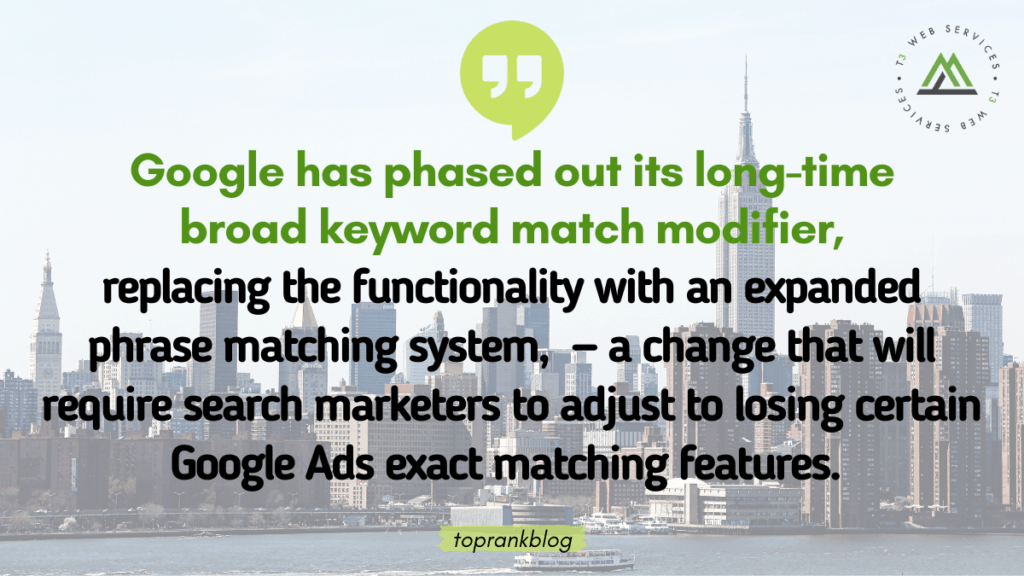

COVID-19’s Impact on B2B Tech Marketers’ Channel Strategies in 2021
Among B2B marketers, webinars, search engine optimization (SEO), email marketing and LinkedIn ads have grown in importance the most during the pandemic, according to recently-released survey data. The data also shows that the top challenges faced by B2B technology marketers in 2021 are balancing quantity with quality, digital fatique, and measuring the right key performance indicators (KPIs). MarketingProfs
LinkedIn Announces New Measures to Tackle Inherent Bias as Part of Black History Month
LinkedIn (client) has launched an array of new initiatives that are part of a push towards systemic change to increase the Microsoft-owned professional social platform’s value to people in underrepresented groups, the firm recently announced. Social Media Today
Meet the BETAs: A Profile of Younger B2B Decision-Makers
The blurred boundary (B), evolving (E), tech native (T), activist (A) demographic sometimes called BETAs tend to be trendsetters, and are more likely to use business services for both personal and professional goals, according to recently-released report data of interest to digital marketers from The B2B Institute at LinkedIn and others. MarketingProfs
Survey: Customers prefer user-generated visual, video content
74 percent of consumers say that they prefer seeing user-generated digital photo and video content from brand’s own customers rather than traditional professionally-sourced images and videos — one of numerous statistics of interest to online marketers in newly-released survey data. CSA

https://www.toprankblog.com/2021/02/b2b-marketing-news-021221/
How to Improve Your Lead Quality & Follow-up
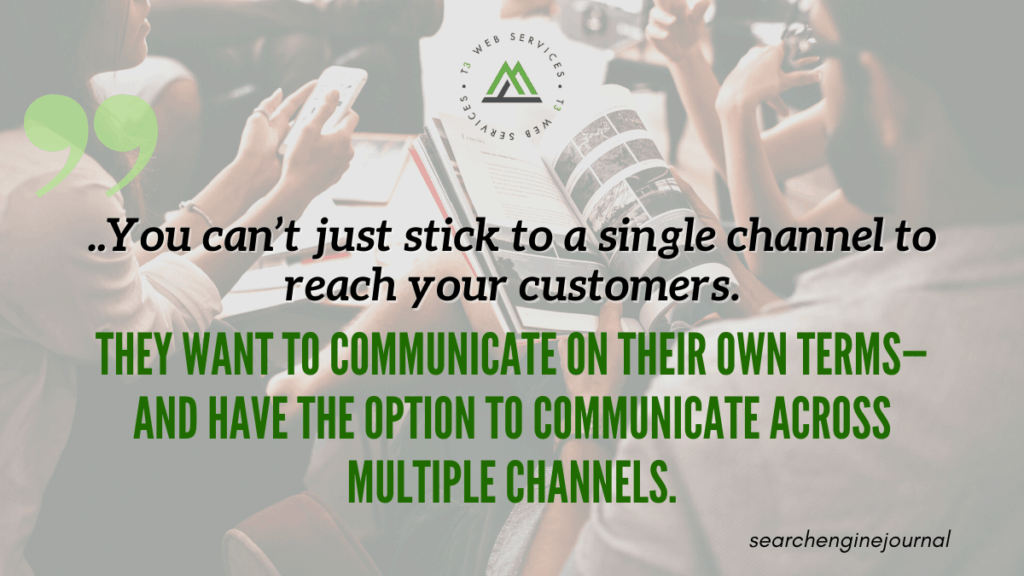

Consumer Habits & Expectations
The way brands advertise is complex.
We’re advertising on various channels, using different keywords, and optimizing our messaging.
Likewise, the way buyers purchase is fragmented.
A potential ecommerce customer might start her discovery with an ad on mobile and browse dresses on desktop.
She might add a dress to her cart on a tablet or even check out dress sizes at the store.
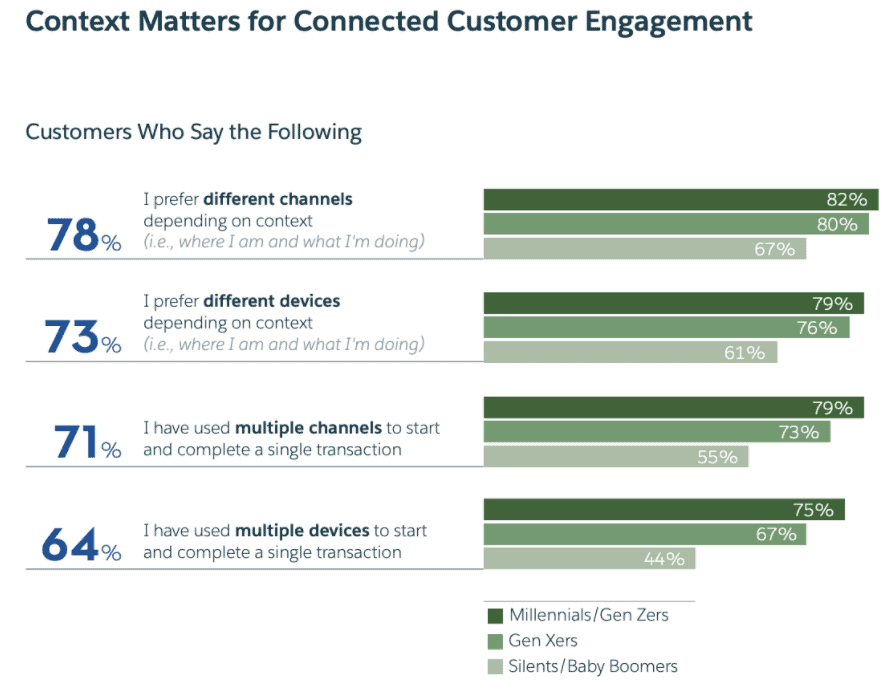
Oftentimes, these channels often work against each other to get “credit” for a sale.
This is why trusting the network you’re buying the ads from for attribution is a bad idea.
With that said, you can’t just stick to a single channel to reach your customers.
They want to communicate on their own terms—and have the option to communicate across multiple channels.
In fact, they may not do business with you if they can’t communicate in their preferred environment. In fact, a Salesforce report found that 40% of customers won’t do business with a company if they can’t use their preferred channels.
It’s also important to consider that a customer’s chosen communication channel varies based on where they are and what they are doing.
Customers will hop from channel to channel throughout the journey; the same Salesforce report revealed that 71% of consumers have used multiple channels to start and complete a single transaction.
Be Perceptive & Know Your Audience
Utilize data to identify what type of consumer is engaging with your brand.
- Where, geographically, are the majority of your consumers calling from?
- What source is driving the majority of your consumers to your landing page?
- Are your consumers filling out forms, or making direct calls?
If you’re using a call tracking solution, listen to call recordings or read call transcripts to hear what your customers or clients are discussing with your business.
Make sure your keyword strategy and the content you produce align with those themes.
Call data offers plenty of information to inform PPC campaigns based on excellent keyword research.

https://www.searchenginejournal.com/improve-lead-quality-follow-up-webinar/396110/
YouTube Update: See Other Channels Your Audience Watches
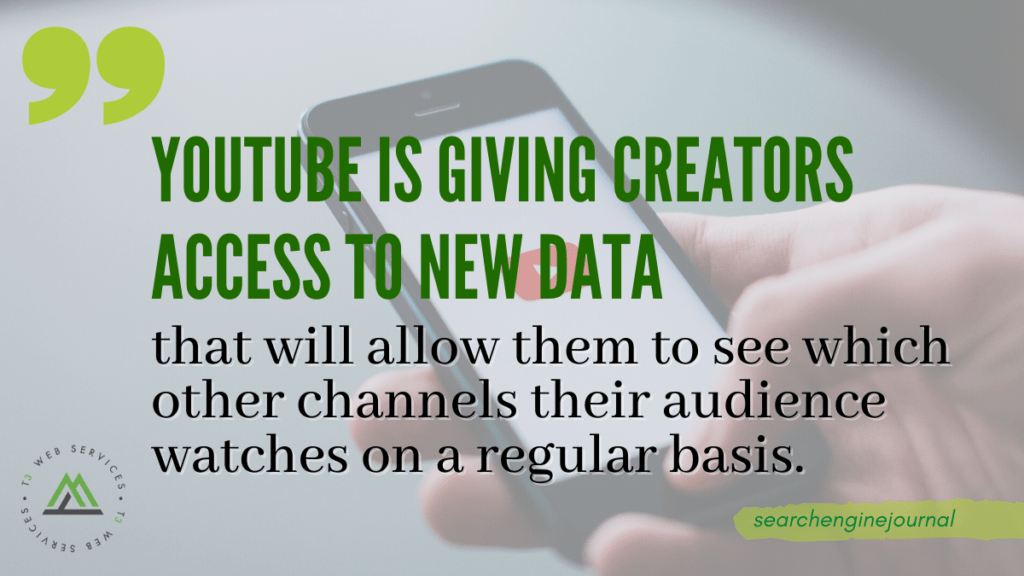

An update to YouTube Analytics allows creators to see what other channels their audience watches.
This data can be found in the analytics section of YouTube Studio on desktop.
Creators will see a new card that shows other channels watched by their audience consistently over the past 28 days.
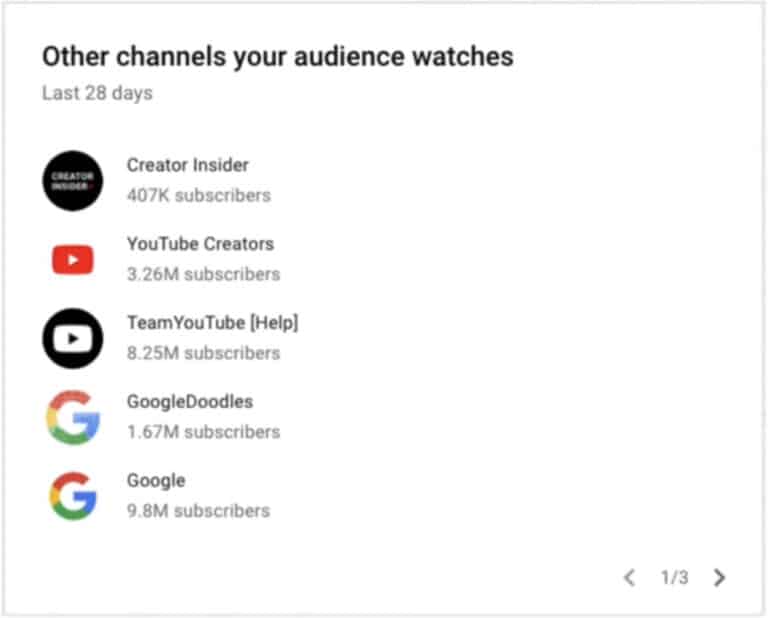
This is similar to another card creators have access to in YouTube Studio that shows other videos their audience has watched within the past week.
While that data can be a valuable source of audience insights, as I mentioned in this article about YouTube keyword research, it doesn’t paint a complete picture.
Videos an audience has watched throughout the past week could include trending videos, old videos, videos from defunct channels, and other types of random videos that don’t reflect an audience’s true interests.
How to Use ‘Other Channels Your Audience Watched’ Data
What can creators do with this new data in YouTube Studio?
One way to use it is as a report that identifies how your audience’s interests are changing over time.
Given that it reports on channels watched over the past 28 days, this segment of data will be consistently updated.
It would be a good idea for creators to develop their own way of logging this data so they can look back after several months to identify patterns in viewing behavior.

https://www.searchenginejournal.com/youtube-update-see-other-channels-your-audience-watches/396203/
6 Eye-Opening B2B Content Marketing Statistics for 2021
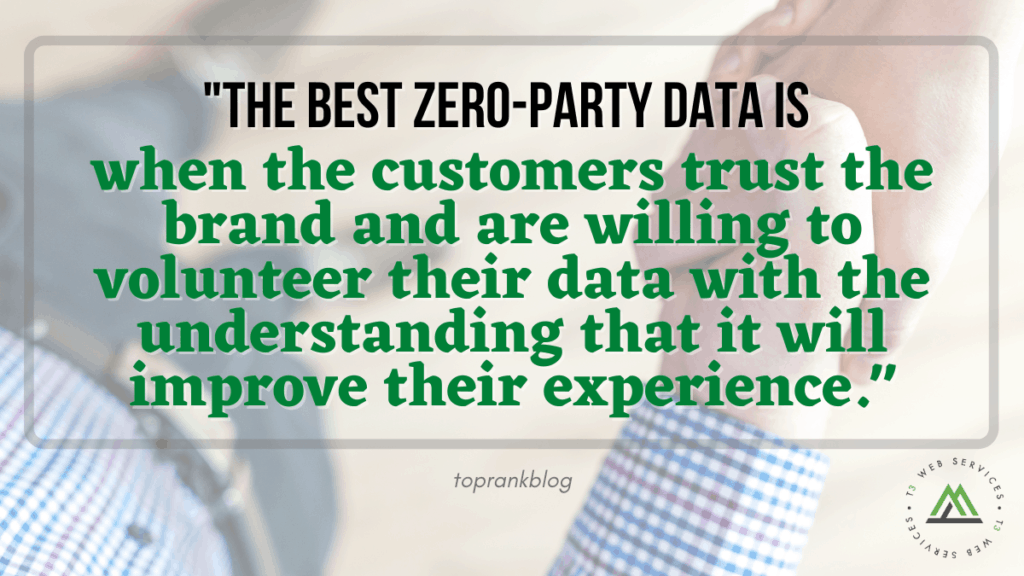

Trends in content marketing tend to reflect broader truths, since we’re talking about the ways in which companies and customers interact and communicate. Because of this, I like to keep a close eye on new research and data as it surfaces, filing away nuggets that strike me as especially telling.
These stats highlight many of the challenges, opportunities, and changes unfolding here in 2021.
#1: Businesses are the most trusted institution for information in 2021. (Source: Edelman)
Edelman’s 2021 Trust Barometer shows that the business sector has risen above government, media, and NGOs in its Trust Index. Edelman also found that business is now seen as the institution that is both competent and ethical.
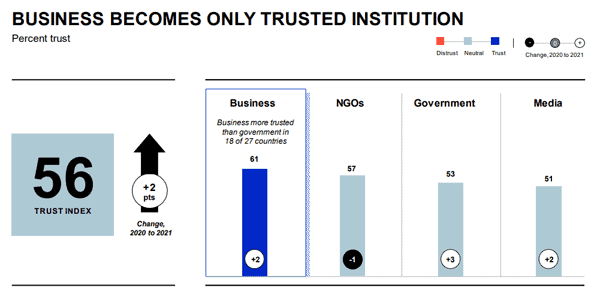
Needless to say, this is a big moment for content marketers. Distrust is running rampant among misinformation, uncertainty and anxiety across the globe. People are looking to businesses for credible, clear, and accurate insights and guidance. As marketers, we must harness this opportunity to earn and solidify this trust.
#2: 88% of marketers say collecting first-party data is a priority in 2021. (Source: Merkle)
This comes from Merkle’s 2021 Customer Engagement Report, highlighting a key frontier for informing content strategies this year. While third-party data and insights like those we’ve aggregated here are useful, nothing can quite match the relevance and impact of information drawn from your own customers and digital experiences.
Heightening data privacy regulations are playing a major role in motivating these initiatives, according to Merkle’s research. The report also points to a rise in “zero-party data,” which includes “transaction intentions, preference data, personal context, and what the customer thinks about the company.”

https://www.toprankblog.com/2021/02/2021-b2b-content-marketing-statistics/
How to Write an SEO-Focused Content Brief Your Writers Will Love
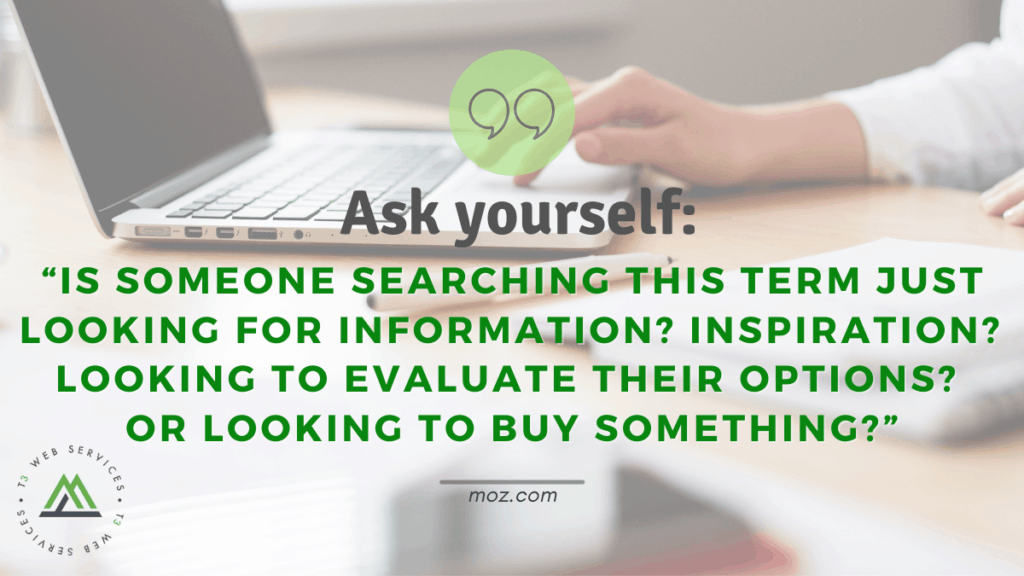

What to include in your content brief
Now that we understand SEO-focused content briefs in theory, let’s get into the nitty gritty. What information should we include in them?
1. Primary query target and intent
It isn’t an SEO-focused content brief without a query target!
Pick a keyword (check your existing content to make sure your team hasn’t already written on the topic yet) and use that as the “north star” query for your content brief.
I think it’s also helpful to include some intent information here. In other words, what might the searcher who’s typing this query into Google want? It’s a good idea to search the query in Google yourself to see how Google is interpreting the intent.
For example, if my keyword is “types of visual merchandising,” I can see from the SERP that Google assumes an informational intent, based on the fact that the URLs ranking are largely informational articles.
2. Format
Dovetailing nicely off of intent is format. In other words, how should we structure the content to give it the best chance of ranking for our target query?
To use the same keyword example, if I Google “types of visual merchandising,” the top-ranking articles contain lists.
You might notice that your target query returns results with a lot of images (common with queries including “inspiration” or “examples”).
This better helps the writer understand what content format is likely to work best.
3. Topics to cover and related questions to answer
Picking the target query helps the writer understand the “big idea” of the piece, but stopping there means you risk writing something that doesn’t comprehensively answer the query intent.
That’s why I like to include a “topics to cover / related questions to answer” section in my briefs. This is where I list out all the subtopics I’ve found that someone searching that query would probably want to know.

https://moz.com/blog/how-to-write-seo-content-brief
How Do I Write Better Meta Descriptions for Local Stores?
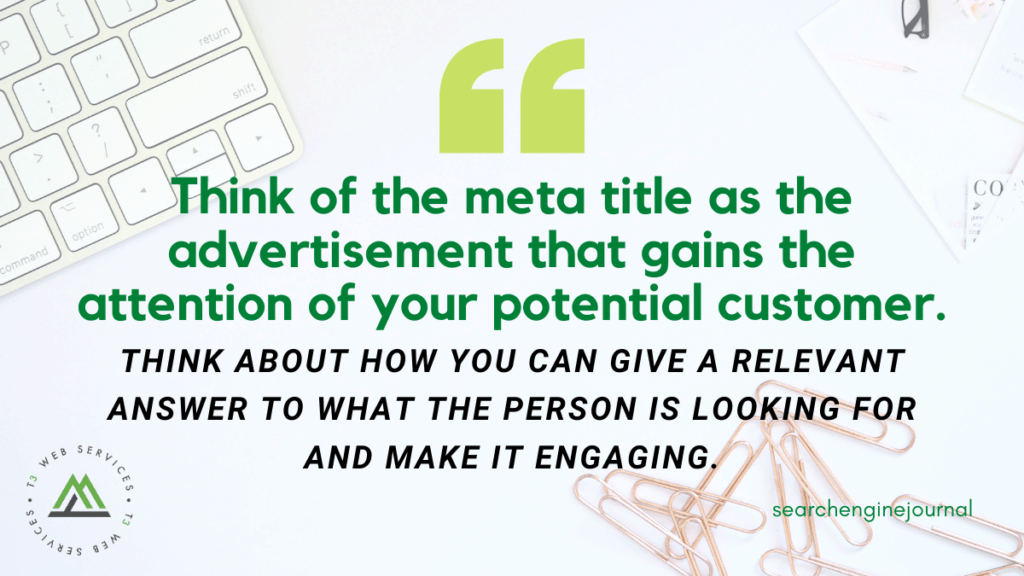

Today’s Ask An SEO question comes from Sussana in Guatemala. Sussana asks:
“What is the best way to write a proper meta description for store locations? Should they contain the store’s phone number?”
Thanks for the great question, Sussana!
There is no one right way to write a meta description for a store location, but there are plenty of wrong ways.
Below, you’ll find what we do when creating meta descriptions for locations for our clients. These same principles apply to some product, service, and category pages, too.
One thing that’s important to note is that meta descriptions likely will not help you rank in Google at this point.
They do help you to get more traffic to your website from your rankings, though.
Think of the meta title as the advertisement that gains the attention of your potential customer.
The title should lure the person into your ranking and then the description needs to let the person know that if they click through to your website, they’ll find what they’re looking for.
Now let’s look at writing meta descriptions for location pages.
First, create some ads for Google and Bing if you’re in the U.S., or with your country’s predominant search engines.
Test title tag and meta description combinations to see what gets the highest click-through rates.
From there, you’ll measure conversions as a secondary attribute.
The goal of these PPC ads is not revenue; it’s to figure out what will get the person searching to engage with you and to make sure this person will convert into leads or sales.
From there, you can work on your page experience to convert this traffic even higher.
Things you can test include keywords, phone numbers, local lingo, and landmarks.
Once you know what causes people to click through, it’s time to write your descriptions.

5 Tips to Invigorate Boring SEO Reports with Storytelling
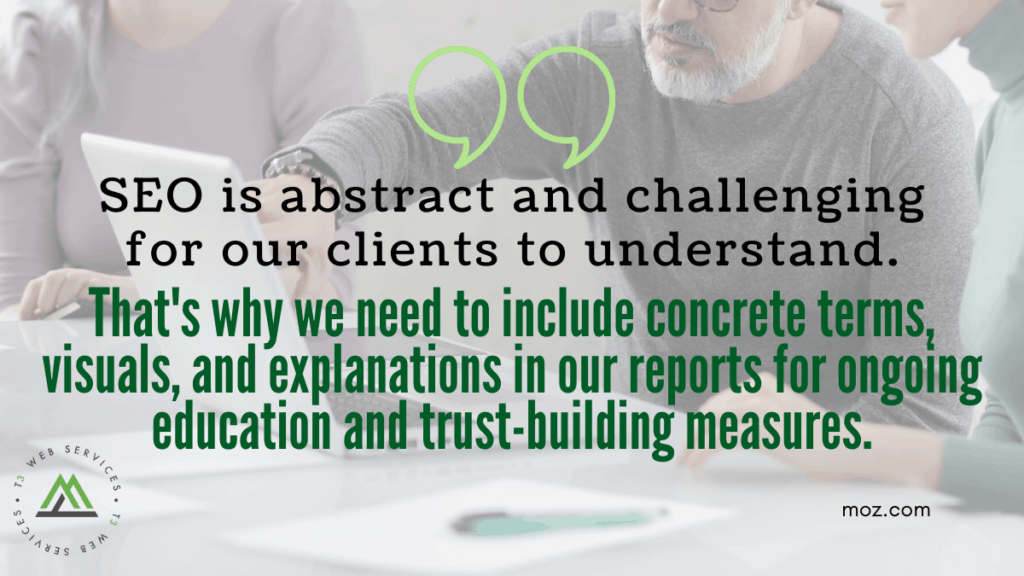

Be sure to incorporate SEO reports into your regular cadence if you are struggling to keep a client, or you just want a way to engage with your clients in a deeper way. Now, more than ever we need to show clients the value we bring to the table.
So, let’s take a look at the things all useful SEO reports should include, and how you can use storytelling tactics to build a relationship with your customers, prove your strategies’ value, and uncover upsell opportunities today!
1. Organic impressions, clicks, and CTR
While SEO has a broad reach, you need to get the right message to the right people if you want them to click through to your content and convert.
This is why a good SEO report should include high-level metrics like organic impressions and clicks. While this information doesn’t provide much insight into on-page performance, it does offer a jumping-off point for you to talk to your customer about changes in market trends and user behavior.
I like to cover high-level data at the start of each reporting call to set the table for more detailed discussions with customers. I’ve used this data to recommend additional work for clients and use these metrics to show YoY improvement, and justify work during specific periods.
I present data from Google Search Console and Google Analytics to help my clients understand how we can influence their site’s overall performance. Here are a few points that I touch on based on current click and impressions:
- What it means: Impressions = how often content appears, clicks = how many times people click on SERPs.
- Where to find it: Google Search Console
- When to use it: Identify content and build approach. Build sprints to address problem areas. Pages that are performing between 3-12 should be optimized, and low CTR should improve meta, interlinking, and technical considerations.
- How to optimize: High impressions + low clicks = update title and meta description. Low impressions = add FAQ schema.
Even though clicks and impressions don’t convey too much information about a website’s performance, you can use this part of your SEO report to ease into upsell opportunities and show your SEO chops when it comes to the broader scope of SEO marketing and how everything is interconnected.
Keyword ranking
Since SEO is all about getting specific pages to rank for target keywords, you need to include keyword performance and rankings in your SEO report. I love using keyword information to jumpstart a conversation with my clients around user intent and bringing SEO strategy back to their business goals.
I love using this time to show that I understand SEO is more than keywords and Google. At the end of the day, if my SEO strategy is not driving qualified traffic and boosting conversions, then my clients will find another agency.
Keywords are the basis of search engines, and I like to use keyword ranking data to tie in the “bigger picture”, along with specific SEO tactics and push to secure more sales.




Leave a Reply